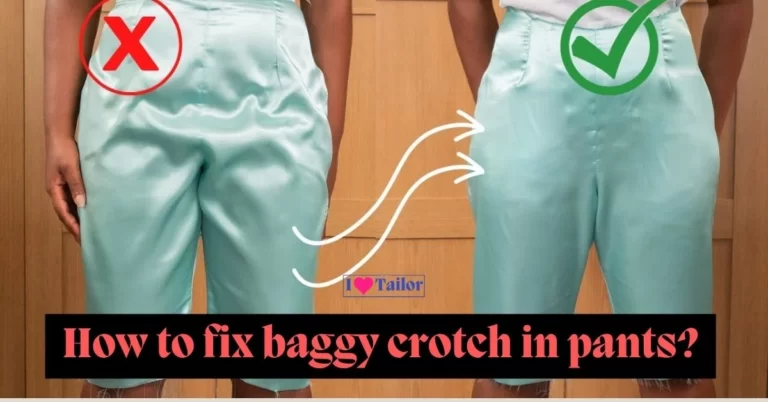What is cloth alteration?
Every individual yearns for the perfect fit when it comes to clothing. But not every piece of attire we buy off the rack fits us seamlessly. This is where expertise in cloth alteration becomes invaluable. So, what is cloth alteration? It’s the art and science of customizing a garment to ensure it sits flawlessly on one’s frame, elevating both comfort and style. In this article, I will delve deeper into this topic, shedding light on its nuances and importance.
What is cloth alteration?
Clothes alterations involve changing a piece of clothing to better suit a person’s body type or conform to a certain fashion trend. Garment alteration makes sure that garments fit like they were fashioned specifically for you, whether it’s shortening a pair of pants, narrowing a dress’s waist, or changing the shoulders of a jacket.
A properly altered garment’s success depends not just on how it fits but also on how effectively the alterations blend in. This may be accomplished by a professional tailor, giving the finished product the appearance that it was made in that specific size and shape from the beginning.
Also read: What is bespoke clothing?
The Importance of Cloth Alteration
You might wonder, “Why not just buy clothes that fit perfectly in the first place?” While this is a valid point, not everyone has the same body shape. Standard sizes might not cater to everyone’s unique physique. That’s why understanding what cloth alteration is and its significance can make all the difference in achieving the desired fit and look.
Different Techniques to Perfectly Adjust Oversized Clothes
Got a piece of clothing that doesn’t fit quite right? No worries! There are many ways to adjust oversized clothes to get the perfect fit. Here’s how:
Hemming

Whether it’s pants, skirts, or dresses, sometimes they’re just too long. You can easily fix this by folding up the extra fabric and stitching it, either by hand or with a sewing machine.
Taking in or letting out seams
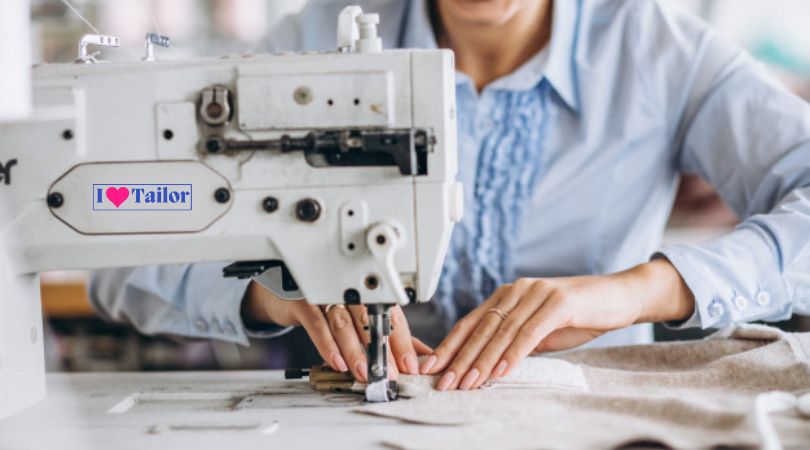
If your outfit feels too roomy around the waist, chest, or hips, simply bring the seams in a bit. And if you need more room, let the seams out.
Tapering

To give your outfit a slimmer look, stitch the sides a bit closer, especially near the bottom. This gives it a stylish, tapered effect.
Sleeve Fixes
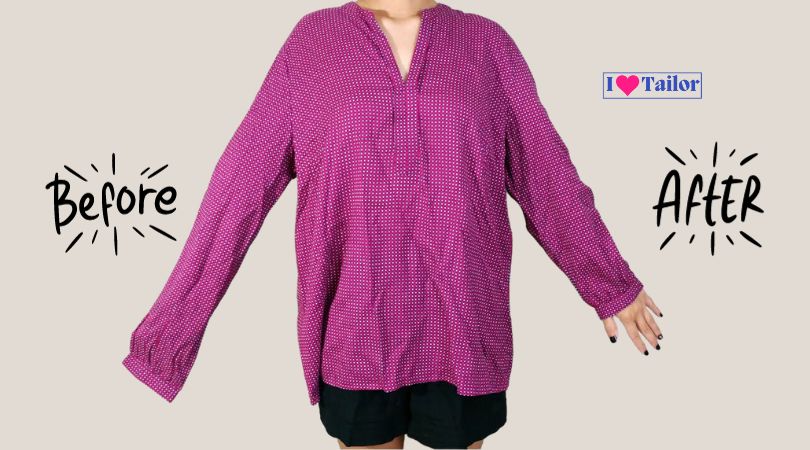
Do you have sleeves that feel like they belong to someone else? For longer ones, trim and stitch the ends. If they’re short, add some matching fabric to make them longer.
Waistline Tweaks
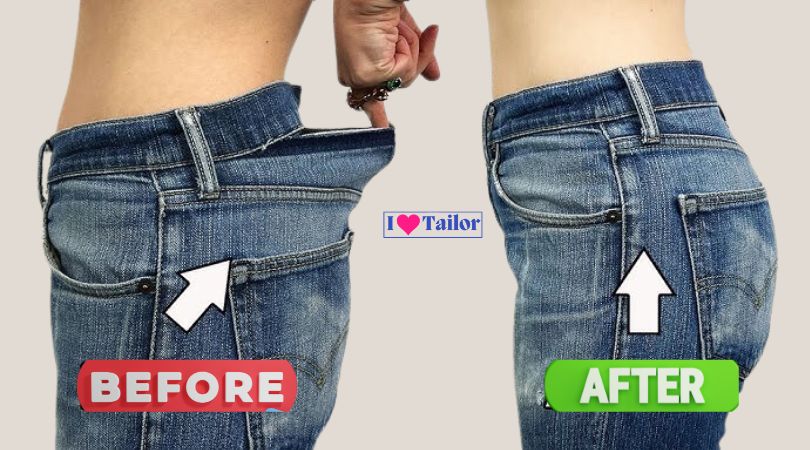
If the waistline of your dress or skirt feels off, you can either lift it by stitching above the current seam or lower it by creating a new seam below.
Pockets: Add or Remove

Ever felt like a dress would be perfect if only it had pockets? Simply stitch them on. If you’ve got unwanted pockets, remove them and sew the spot.
Switching Zippers and Buttons
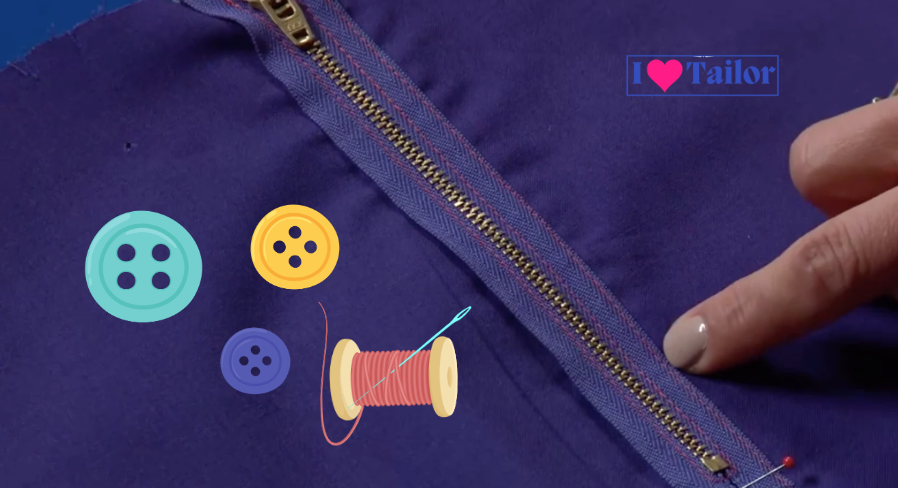
A broken zipper or a missing button? Switch them out. Remove the faulty zipper and sew in a new one, or replace an old button with a fresh one.
Also read: How to fix a Snap button without a tool?
Repairing tears or holes
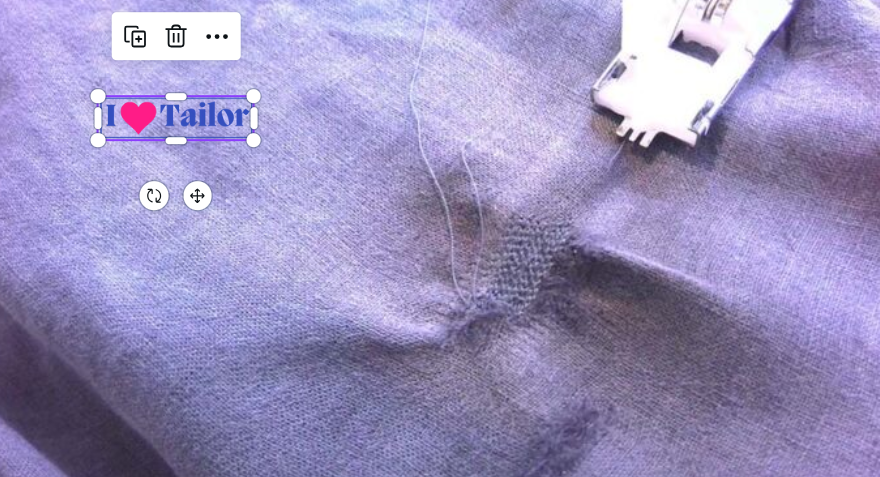
For small rips or holes, stitch them up. If there’s a big hole, cover it with a matching fabric patch.
How do I alter clothes that are too big?
Here are several ways to alter clothes that are too big. The best method will depend on the type of garment, the fabric, and the desired outcome.
Here are some general tips for altering clothes that are too big:
- Start with a small seam allowance. It is always better to start with a small seam allowance and increase it as needed. This will help to ensure that you don’t make the garment too small.
- Pin the garment in place before sewing. This will help to ensure that the garment is even and that the seams are straight.
- Use a matching thread color. This will help to make the alterations less noticeable.
- Backstitch at the beginning and end of each seam. This will help prevent the seams from unraveling.
Here are some specific tips for altering different types of garments:
Tops
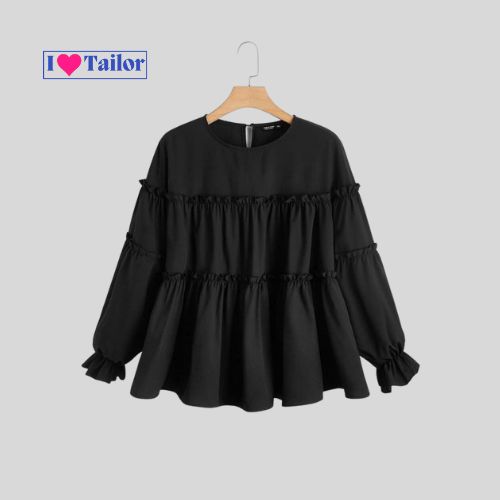
- To take in a top at the sides, simply pin the seams and sew them closed.
- To take in a top at the shoulders, you will need to unpick the shoulder seams and repin them in a narrower position.
- To shorten the sleeves of a top, simply fold the sleeves to the desired length and sew them in place.
- To lengthen the sleeves of a top, you will need to add a piece of fabric to the bottom of the sleeves.
Bottoms
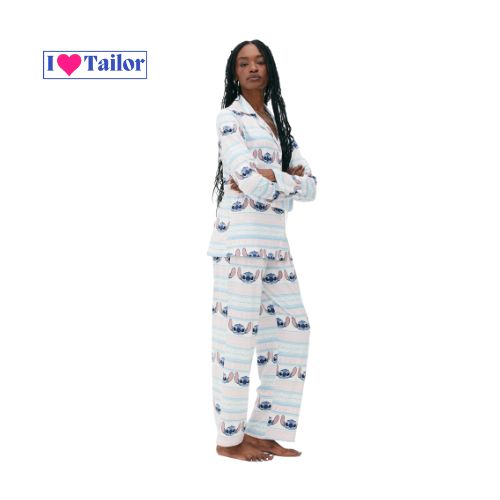
- To take in pants or a skirt at the waist, simply pin the waistband and sew it closed.
- To take in pants or a skirt at the hips, you will need to unpick the side seams and repin them in a narrower position.
- To shorten pants or a skirt, simply fold them to the desired length and sew them in place.
- To lengthen pants or a skirt, you will need to add a piece of fabric to the bottom of the garment.
Dresses

- To take in a dress at the sides, simply pin the seams and sew them closed.
- To take in a dress at the shoulders, you will need to unpick the shoulder seams and repin them in a narrower position.
- To shorten the sleeves of a dress, simply fold the sleeves to the desired length and sew them in place.
- To lengthen the sleeves of a dress, you will need to add a piece of fabric to the bottom of the sleeves.
- To shorten the length of a dress, simply fold the dress to the desired length and sew it in place.
- To lengthen the length of a dress, you will need to add a piece of fabric to the bottom of the dress.
FAQs
What is cloth alteration?
Cloth alteration is the process of adjusting or modifying a garment so that it fits better or meets a specific style requirement. This can involve tasks such as hemming, taking in or letting out seams, adjusting lengths, and reshaping garments
How much does cloth alteration typically cost?
The cost of cloth alteration varies depending on the complexity of the changes, the type of garment, and the tailor’s expertise. Simple tasks like hemming pants might be relatively inexpensive, while resizing a formal suit or dress can be more costly.
Can all types of clothing be altered?
While most clothes can be altered, some garments are more challenging due to their construction, fabric, or design details. It’s always best to consult with a tailor to determine the feasibility and potential outcomes of altering a particular piece.
How long does it usually take for clothes to be altered?
The turnaround time for cloth alteration depends on the complexity of the task and the tailor’s workload. Simple alterations might be completed within a day or two, while more intricate modifications might take a week or longer.
Conclusion
Reflecting on the essence of “What is cloth alteration?”, we realize it’s not merely a procedure but a form of craftsmanship. It has the power to metamorphose ready-made attire into a tailored masterpiece that resonates with an individual’s distinct physique and flair. Whether it’s a subtle change or a major revamp, a clothing alteration has the potential to redefine your fashion statement. So, the next time an outfit doesn’t sit just right, think of the transformative touch of alteration—it might just make that piece the star of your wardrobe.
Thanks!





![How much does it cost to tailor a dress? [Cost in 2024]](https://ilovetailor.com/wp-content/uploads/2022/10/How-much-does-it-cost-to-tailor-a-dress-768x403.jpg)
